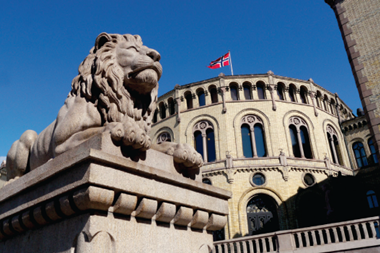The nine Austrian Pensionskassen managed to generate a performance of 6.13% on average for 2017.
This result brought the annualised average to 5.55% since the country’s second pillar system was incepted in 1991.
Funds mainly profited from a high equity quota, the country’s pension fund association FVPK noted at a press conference in Vienna today.
The average equity quota over all different risk portfolios offered under the life-cycle model stood at 37.6% at year-end 2017. Two years previously it had been just over 28%.
“Equities have played a very important role for the performance over the last few years,” said Andreas Zakostelsky, chairman of the FVPK.
For 2018, he expected “definitely no further increase in the equities quota” but a “continuation at a high level”.
In the bond segment, which made up just under 55% for the first time in years, Zakostelsky predicted a slight increase in corporate bond exposure. He added: “But only slightly, because the spread has come down but returns are still better than those from European government bonds.”
Other sources of return would come from emerging markets, the FVPK said.
Austrian Pensionskassen manage €22.6bn in total, according to the association’s figures.
Zakostelsky called on the new Austrian conservative-right wing government, which came to power only a few weeks ago, to allow Pensionskassen separate investment quotas for infrastructure and investments in residential real estate projects. Currently, these fall under the equities quota.
Overall, the FVPK was optimistic about the new coalition between ÖVP and FPÖ, as the two parties put the goal of “strengthening supplementary pensions” in their coalition agreement, including ideas for tax incentives.
Zakostelsky confirmed that the new tax proposal the association devised with academic backing in late 2017 had been presented to the government but not discussed in detail yet.








No comments yet